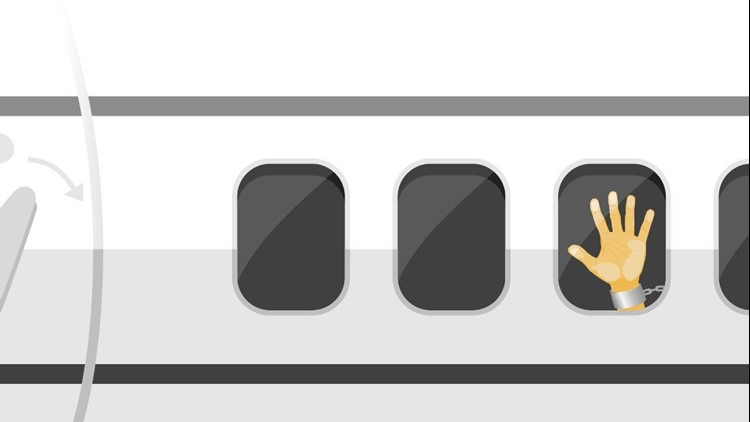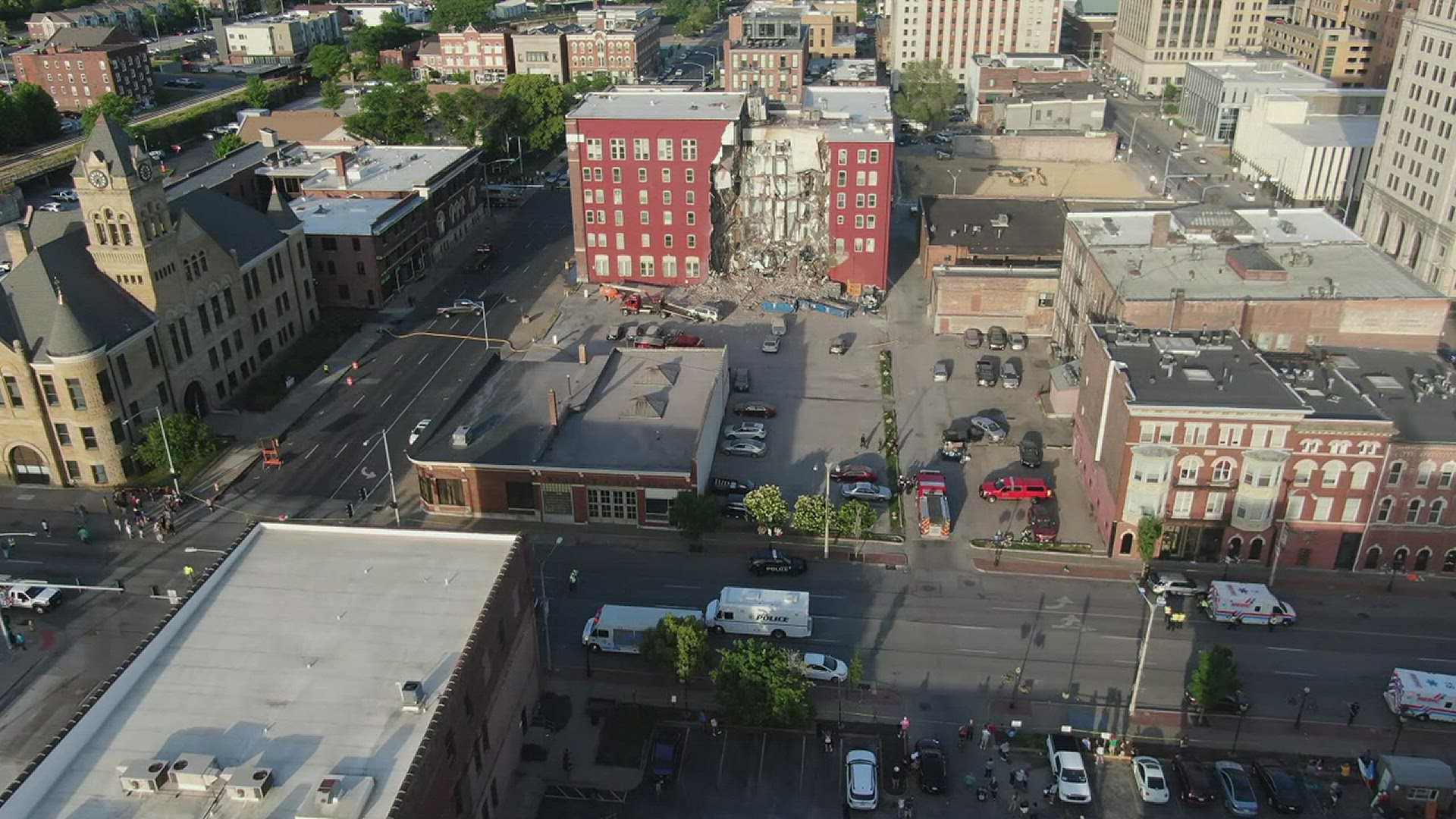(CNN) — It’s vacation season for much of the world, with travelers flocking to airports to jet off for some hard-earned R&R.
But it’s not just holidaymakers who fly on planes. Airports are also hubs for human trafficking — where adults or children are transported into forced labor or commercial sexual exploitation.
Almost every country in the world is affected by trafficking, and traffickers often use air travel to move their victims. Sometimes, victims are flown into another country on the promise of a legitimate job, other times traffickers move their victims within a country, to keep them powerless or to avoid detection.
But you can help. By being aware of the telltale signs that someone is being trafficked, you may be able to keep them from a life of modern slavery.
We asked four organizations involved in anti-trafficking initiatives to share some of the signs that could indicate that a passenger is being trafficked through an airport.
What you should do
It’s important to remember that even if you spot a number of these signs, it doesn’t necessarily mean someone is being trafficked. But if you do suspect someone is being trafficked, do not confront suspected traffickers or attempt to rescue suspected victims — instead, call emergency services or alert the airport authorities.
Warning signs:
1 — A traveler is not dressed appropriately for their route of travel.
You might notice right away that a traveler has few or no personal items. Victims may be less well dressed than their companions. They may be wearing clothes that are the wrong size, or are not appropriate for the weather on their route of travel.
2 — They have a tattoo with a bar code, the word “Daddy.”
Many people have tattoos, so a tattoo in itself is obviously not an indicator, but traffickers or pimps feel they own their victims and a barcode tattoo, or a tattoo with “Daddy” or even a man’s name could be a red flag that the person is a victim.
3 — They can’t provide details of their departure location, destination, or flight information.
Traffickers employ a number of tools to avoid raising suspicion about their crime and to keep victims enslaved. Some traffickers won’t tell their victims where they are located, being taken, or even what job they will have.
Because victims don’t have the means to get home or pay for things like food, they must rely on traffickers in order to get by, forcing them to stay in their situation.
4 — Their communication seems scripted, or there are inconsistencies with their story
Sometimes traffickers will coach their victims to say certain things in public to avoid suspicion. A traveler whose story seems inconsistent or too scripted might be trying to hide the real reason for their travel and merely reciting what a trafficker has told them to say.
5 — They can’t move freely in an airport or on a plane, or they are being controlled, closely watched or followed.
People being trafficked into slavery are sometimes guarded in transit. A trafficker will try to ensure that the victim does not escape, or reach out to authorities for help.
6 — They are afraid to discuss themselves around others, deferring any attempts at conversation to someone who appears to be controlling them.
Fear and intimidation are two of the tools that traffickers use to control people in slavery. Traffickers often prevent victims from interacting with the public because the victim might say something that raises suspicions about their safety and freedom.
7 — As for child trafficking, a child may appear to be malnourished and/or shows signs of physical or sexual abuse, such as bruises, scars, or cigarette burns.
A child being trafficked for sexual exploitation may be dressed in a sexualized manner, or seem to be under the influence of drugs or alcohol.
This list was compiled with help from the following organizations:
Airline Ambassadors International: Offers a human trafficking awareness program to educate airport staff about the problem.
Polaris: Works to combat and prevent modern-day slavery and human trafficking.
Free the Slaves: Campaigns against modern slavery around the world.
International Justice Mission: Works to protect the poor from violence in the developing world.



